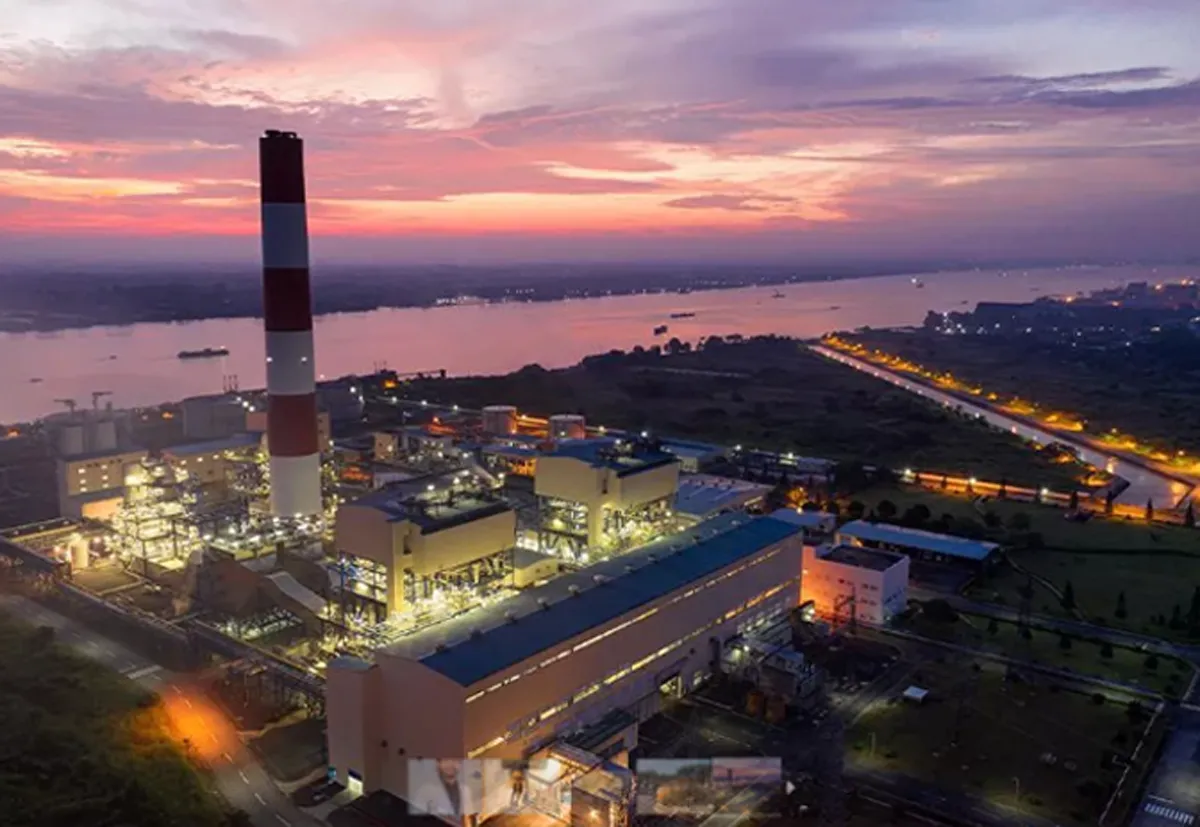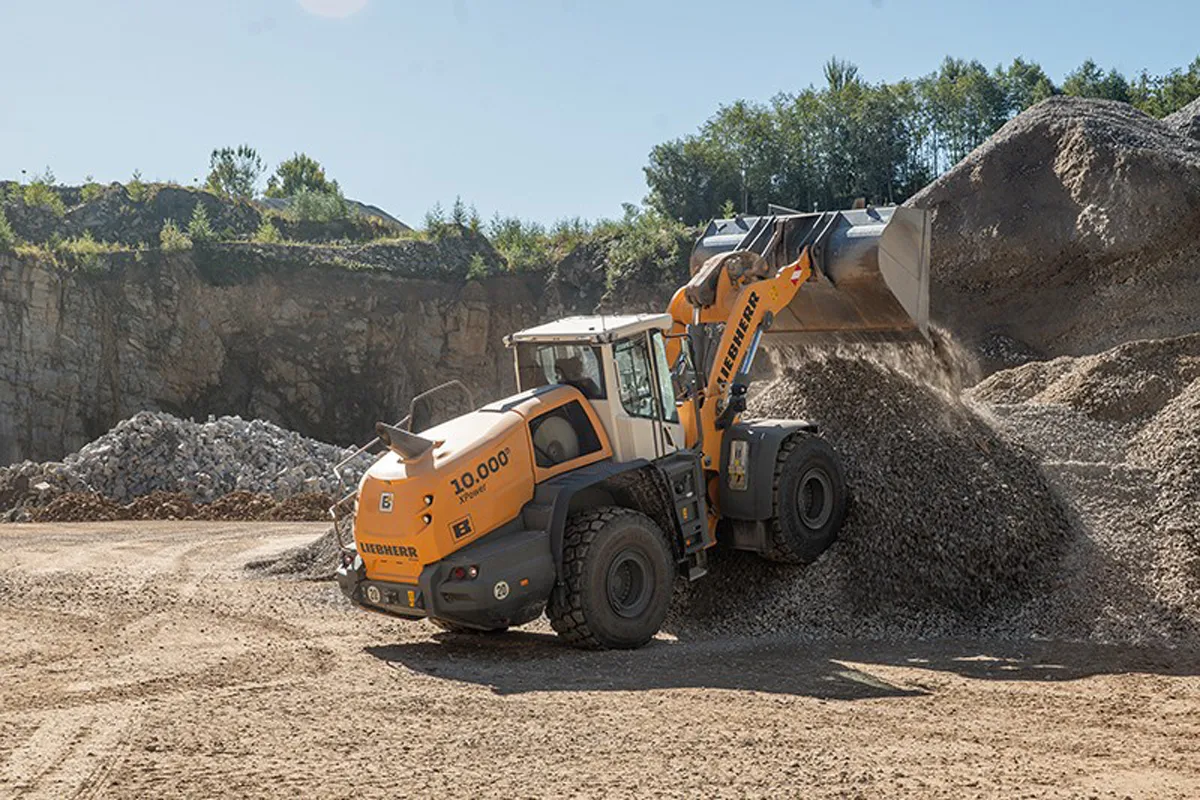Riding on the back of the many developmental measures announced recently, the real-estate sector should get ready to welcome increased buyer interest in 2017, predicts
ANKUR DHAWAN.
The past few months have been a rollercoaster ride for the real-estate sector like never before. Announcements related to the Goods and Services Tax (GST), Real-Estate Regulatory Authority (RERA), unchanged repo rates, implementation of the 7th Pay Commission, renewed focus on infrastructure development, consumer activism in courts and, most recently, demonetisation have triggered short-term uncertainties about the market but will result in long-term gains.
Overall, the market had been slowly picking up steam in the first two quarters of the year with visible signs of recovery. Considerable progress has been seen in the completion of long delayed projects with developers focusing on completing rather than launching new projects.
According to PropTiger Data Labs, sales have remained stable in most Tier-I cities, namely Bengaluru, Chennai, Gurgaon, Pune, Noida and Mumbai. The bigger heroes in the market were Ahmedabad, Hyderabad and Kolkata, where sales saw a bigger leap. For example, Hyderabad has seen 83 per cent, Ahmedabad has seen 69 per cent and Kolkata has seen 39 per cent sales growth, in the quarter-ending September 2016 against the same quarter last year.
In terms of market share, Mumbai, Pune and Bengaluru clocked in 57 per cent of the total share. This clearly indicates that those looking at an investment in these cities are the most optimistic and there is a strong pent-up demand in these cities, which was coming to the fore after a long phase of uncertainty. It is interesting to note that almost 15 per cent of the total sales were recorded in ready-to-move projects, while 70 per cent of sales were recorded in under-construction properties. On the whole, more and more buyers are looking to buy in projects that have shown visible progress and are in advanced stages of construction.
One of the biggest demand dampener in the past few years for home buyers has been delay in project deliveries. Indeed, delay in receiving clearances, tackling inevitable and unforeseen circumstances such as the National Green Tribunal´s verdict on the Okhla zone or land acquisition issues in Greater Noida West, have brought construction to almost a standstill for many months altogether in Noida, with an adverse impact on buyer sentiment. Resultantly, prospective homebuyers have taken a step back, and while sales have improved, we can estimate that not everyone is out in the market. Some potential buyers are actively researching and perhaps waiting for a regulatory authority to be formed before they take the final call.
Affordable housing has been the flavour of the industry in the past few years. Even this year, 61 per cent of new launches were in the affordable segment, or in the sub Rs 50 lakh range.
Lack of new launches has brought down unsold inventory at the end of this quarter compared to last year.
Policy matters
Now, let´s examine a few key policy decisions that will cause short-term churn but bode well in the long-term for the industry.
Real-Estate Regulatory Authority: The passing of RERA is one of the first and most important events of the year. Once implemented, the Bill will tremendously increase the confidence of buyers. It is a big win for genuine developers who have always acted professionally and delivered on their promises and a blow to fly-by-night operators and unstructured sellers who have profited at the cost of buyers. More so, it has made real-estate more accessible, organised and credible than before. RERA brings under its ambit all projects that have not received a completion certificate since the day authority is established. To avoid this, the focus of developers today has shifted to completion of existing projects rather than new launches. RERA mandates developers to disclose carpet area rather than esoteric super-area, which no customer understands. It will reduce the disputes and heartburn a customer often bears upon finally receiving possession of his home. It also empowers buyers to transparently compare offerings of various developers. RERA ensures that 70 per cent of customer payments are kept in escrow accounts and withdrawn only after the architect´s certificate of construction progress. This will ensure that vendors who supply material and labour to developers face no payment defaults.
Arrival of GST: GST is expected to be implemented in the new financial year. Although its impact of real-estate prices still depends on GST rates, offset for land cost, and applicability to work contracts, there is a high probability of it being inflationary for the industry. Hence, under-construction property is expected to become less attractive compared to ready-to-move property. This will ensure that developers focus on quick completion of projects and liquidate inventory. As quoted widely, once implemented, GST will add 2 per cent to the GDP, which is good news for the industry as it is expected to drive up demand for real estate.
Renewed focus on infrastructure projects: The present government has renewed focus on urban infrastructure such as transit corridors, metro networks, highways and airports, and has propounded a vision of 100 smart cities and 500 AMRUT cities. Although new projects will take longer to have an impact on real-estate demand, completion of key projects such as the Noida, Lucknow, Gurgaon and Hyderabad metros and the Lucknow-Agra expressway are sure to start showing an impact in the year ahead.
Demonetisation: There is no doubt that this announcement could bring about a level-playing field for many developers. However, the short-term impact is severe. Right when sellers were expecting sales to go up owing to the festive season and the numerous offers and discounts, the announcement created panic. Buyers are now awaiting price corrections assuming demand contraction of black money buyers, forcing developers and investors to reduce prices. On the other hand, sellers are expecting interest rates to reduce as well as tax sops to be announced in the Budget, which will have a positive impact on demand. Therefore, a stalemate is on, leading to reduced transactions. We expect this to continue for two to three months, after which, we will arrive at a new normal. The probability of price reduction at present looks slim, as prices have not increased for the past three years, and GST and RERA will increase developer costs going forward. Therefore, we predict a best-case scenario of demand picking up in three months. The worst-case scenario of developers reducing prices will have a negative impact on the industry as well as economy. We are expecting consolidation among developers owing to RERA compliances anyway; with price reduction, many will have to close shop completely. The next quarter will bring trying times for the industry and we hope the best-case scenario plays out. After this, we expect the market to pick up strongly as transparency and regulatory intervention will make end-users sitting on the fence take a decision quickly, leading to a price increase.
The way ahead
- The market will be down this quarter as well as the next quarter of FY2017.
- As the industry prepares for GST and RERA, the short-term between now and then should be used solely to focus on project completion and deliveries.
- There will be severe reduction in new launches as developers will have to register their existing projects and new projects can be launched only after getting all approvals.
- For industries supplying to developers, it will be a good time with developers focusing on completing existing projects and RERA mandating escrow accounts to ensure vendors are paid in time for material and labour.
- Consolidation among developers is likely as smaller developers will merge with larger ones, making the industry more professional.
About the author:
Ankur Dhawan, Chief Business Officer (Resale), PropTiger.com, has over 13 years of industry experience and has been associated with the organisation for more than two-and-a-half years.
To share your views on this article, write in at feedback@ConstructionWorld.in




















